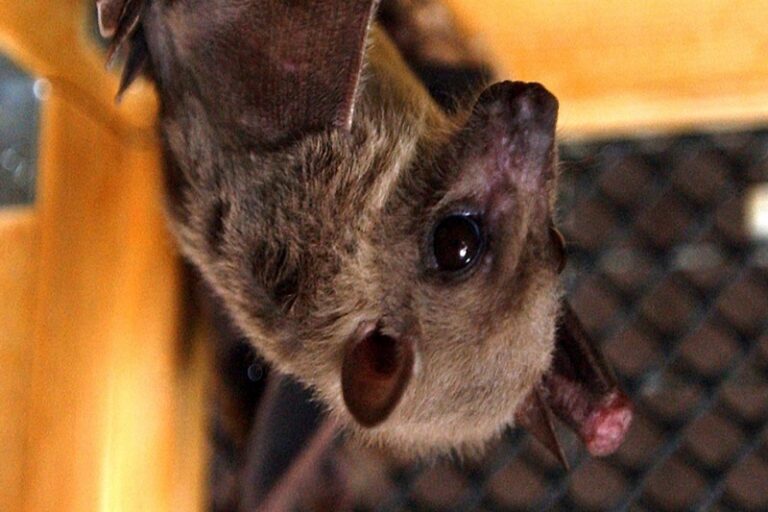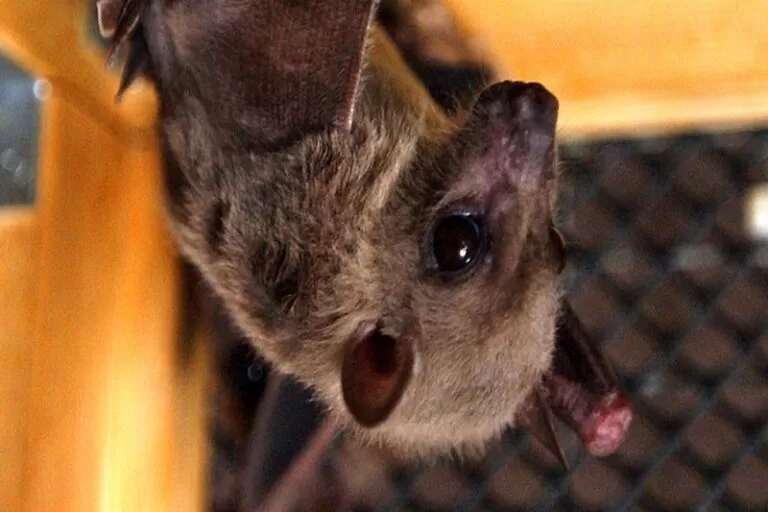

the who reports that the marburg virus has killed 20 people in equatorial guinea
The World Health Organization (WHO) announced on Thursday that the death toll from the Marburg virus epidemic in Equatorial Guinea has climbed to 20. Malabo has reported six more deaths in the past ten days. This hemorrhagic fever, which is almost as deadly as Ebola, has spread from the province of Kie-Ntem, where it caused the first recorded deaths on January 7, to Bata, the economic capital of this small central African country, which is partly an island and partly a continent.
The World Health Organization (WHO) said in a statement that this growth “suggests wider transmission of the virus” and that “intensified response efforts are needed to prevent a large-scale epidemic and loss of life.” The Equatoguinean government reported on its website that between the 11th and 20th of March, there were eight confirmed cases, of which six resulted in fatalities. However, the government has not provided a complete death toll since the outbreak first began. The most recent confirmed count of fatalities was eleven on February 28.
The World Health Organization (WHO) says that 20 people have died and another 20 may have had the disease. It has also been said that the new cases have been found in the provinces of Kié-Ntem, Litoral, and Centro Sur, all of which have international borders with Cameroon and Gabon. As of right now, the pandemic is raging in three of the four provinces that are located on the mainland, stretching from the east coast to the Atlantic Ocean. The city of Bata, which is a port on the Gulf of Guinea and is home to about 250,000 people, has been “affected,” according to the government.
Because of this, the efforts of the government and the WHO to keep the virus from spreading in Kié-Ntem have not been enough. “Additional WHO experts will be deployed in the coming days,” the UN agency stated, adding that it is also “helping Gabon and Cameroon strengthen their preparedness and response to the epidemic.” “Additional WHO experts will be deployed in the coming days,” the UN agency stated.
Tanzania also reported a Marburg outbreak on Tuesday, saying that five people have already died from it. Fruit bats are responsible for passing the virus on to humans. Once inside a human host, the virus can spread through direct interaction with the bodily fluids of an infected person, as well as through contact with infected surfaces and materials. The case mortality rate has been estimated to be as high as 88 percent.
There is no approved treatment or antiviral medicine for the virus, and there is also no vaccine. But the chance of survival can be increased by giving supportive care, like rehydrating the person orally or through an intravenous line, and taking care of certain symptoms.
According to the World Health Organization (WHO), there are a variety of prospective treatments that are currently being evaluated. These treatments include blood products, immune therapies, and drugs, as well as candidate vaccines with phase 1 data.
The U.S.-based driver training company Zutobi analyzed road safety worldwide and found South Africa stays last in driving danger since…
The Basketball Africa League (BAL) returns for its 2025 season with exciting changes and developments. Since 2019 the NBA-linked basketball…
The Somali president supports their military forces to eliminate the threats from Al-Shabaab, ISIS, and Al-Qaeda. The Somali National Army…
UAE President Sheikh Mohamed bin Zayed Al Nahyan held talks with President Faustin Archange Touadéra of the Central African Republic…
African football teams struggle intensely in the World Cup Qualification rounds to earn their place on the international football stage.…
The journey toward the 2026 FIFA World Cup is rapidly intensifying for all African teams, who now hold a historical…
This website uses cookies.